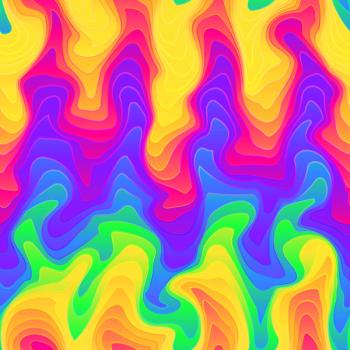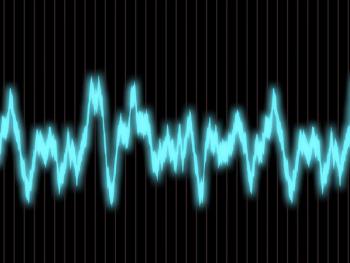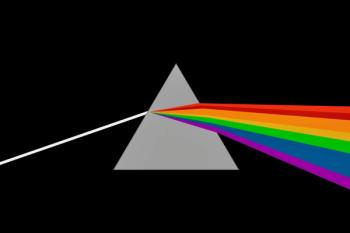
The possible energy transfer modes between Yb3+ and Tm3+ ions were analyzed.

The possible energy transfer modes between Yb3+ and Tm3+ ions were analyzed.

The relationship between the complexation amount of thorium (Th) and Suwannee River fulvic acid (SRFA) and the changes in Th concentration and pH were studied using differential spectroscopy and 3D excitation-emission matrix fluorescence spectroscopy (3D EEM).

Studying the experimental absorption spectra of different proportions co-crystallized mixtures and 1:1 physical mixture of L-thr and L-allo-thr, it was found that the characteristic peaks of the physical mixture include the characteristic peaks of the two diastereomers in the THz band, while amino acid co-crystallized mixtures formed their own characteristic peaks depending on the proportion.

We continue our survey of the infrared (IR) spectra of polymers with a look at the spectra of polymers that contain carbonyl or C=O bonds. Our long-term goal is to examine the spectra of polymers that contain ketone, carboxylic acid, ester, and carbonate linkages. Studying these spectra is vital, because these molecules are important economically and are ubiquitous in society.

Förster resonance energy transfer (FRET) is a versatile part of the toolbox of fluorescence methods. This through-space, photon-less energy transfer process between a donor fluorophore and an acceptor chromophore is perhaps most famous for its utility as a “molecular ruler” that can resolve nanometer-scale distances. FRET is also a popular and advantageous basis for biomolecular assays and sensors.

This tutorial explains the most critical components of the sample introduction system of modern ICP-optical emission spectroscopy (OES) and ICP-mass spectrometry (MS) instruments, providing analysts with a guide for initial configuration settings and recommended maintenance intervals for reliable daily operation.

Inductively coupled plasma mass spectrometry (ICP-MS) instruments can perform low-level elemental analysis in a wide range of sample types, from high-purity chemicals to high matrix digests. But achieving consistently low detection limits requires good control of elemental contamination, as well as spectral interferences. A clean working area, careful selection of reagents, and good sample handling techniques are key to successful trace and ultratrace elemental analysis. In this article, we provide five practical tips for controlling contaminants and minimizing detection limits.

Spectroscopy offers a range of available techniques that can be differentiated by the use or omission of reference spectra.

The physics and chemistry of the phenomenon have been well known for many years, and this knowledge can tell us how self-absorption can be not only “corrected,” but also tuned to our advantage in analytical applications of LIBS.